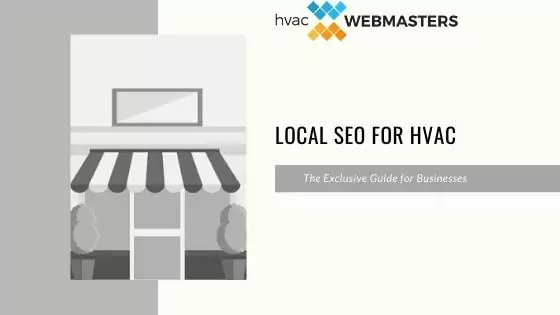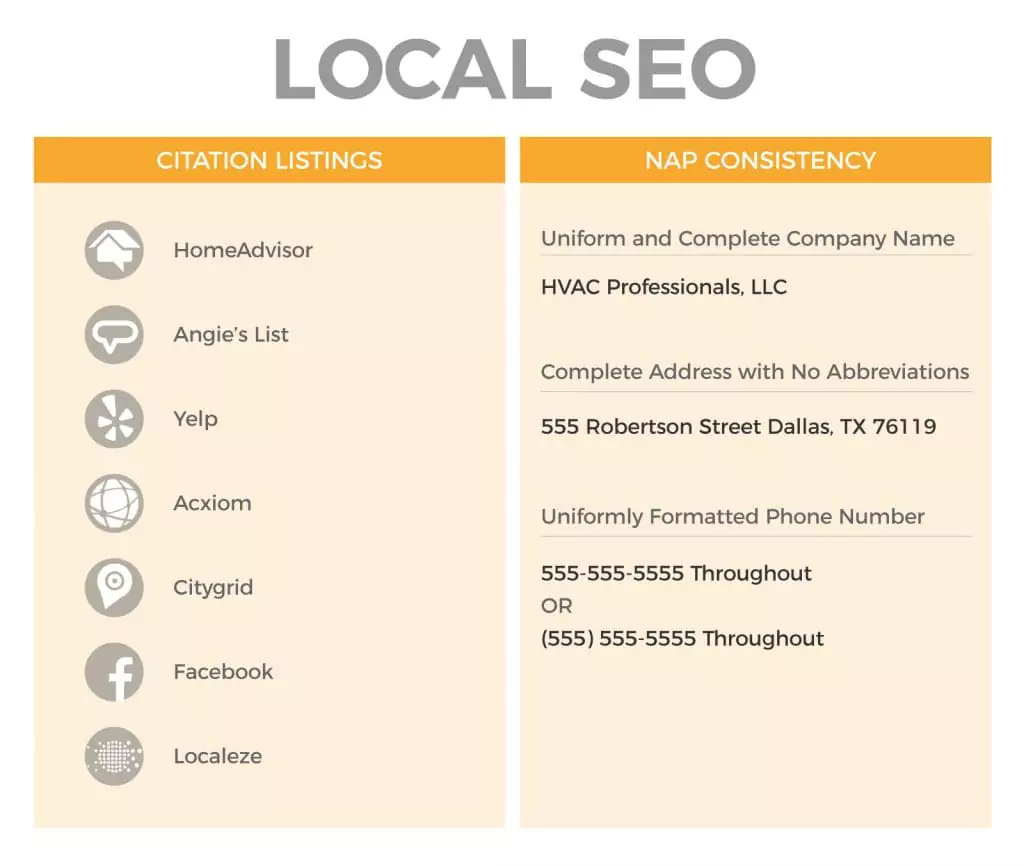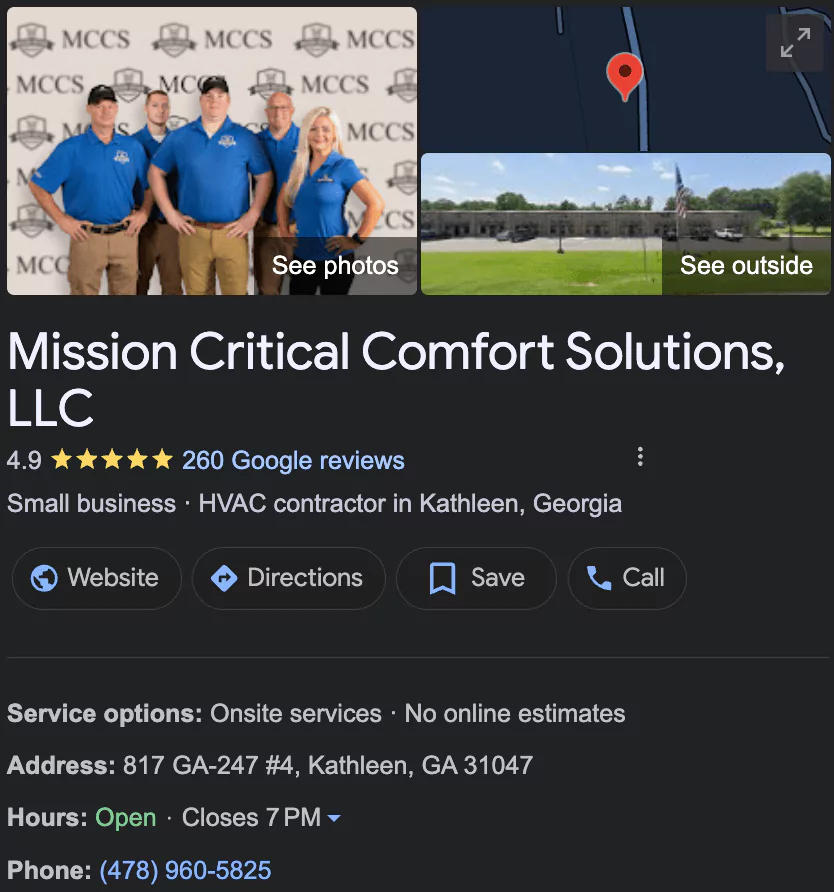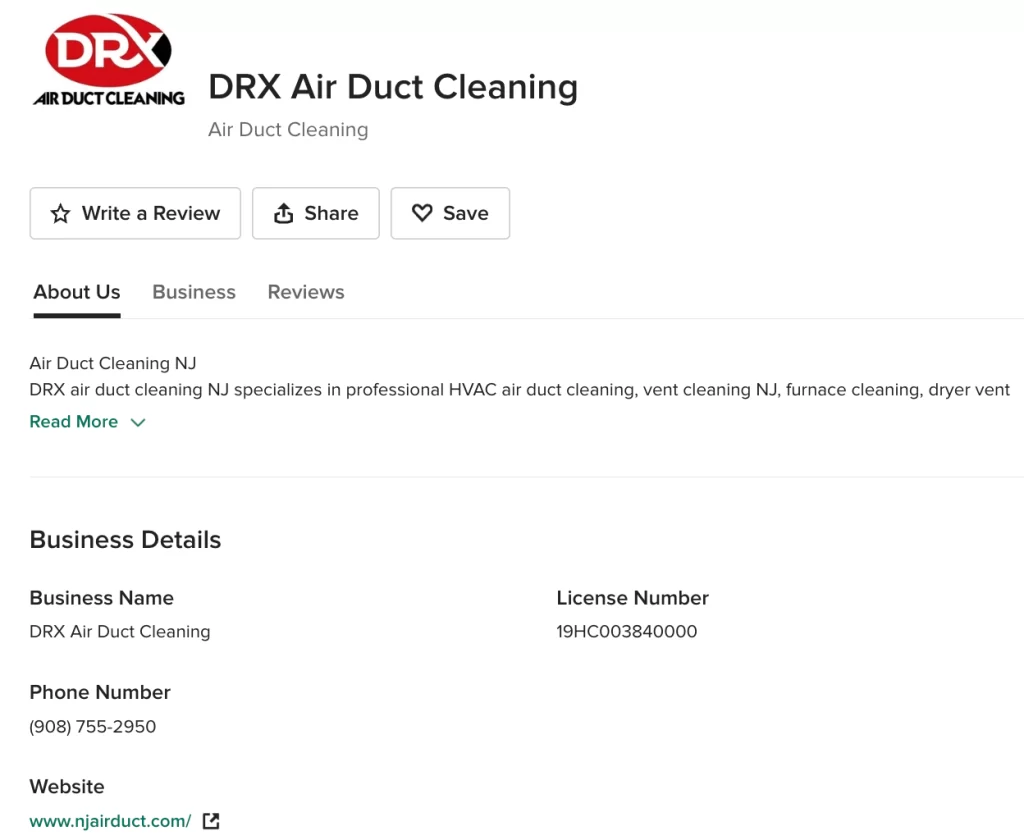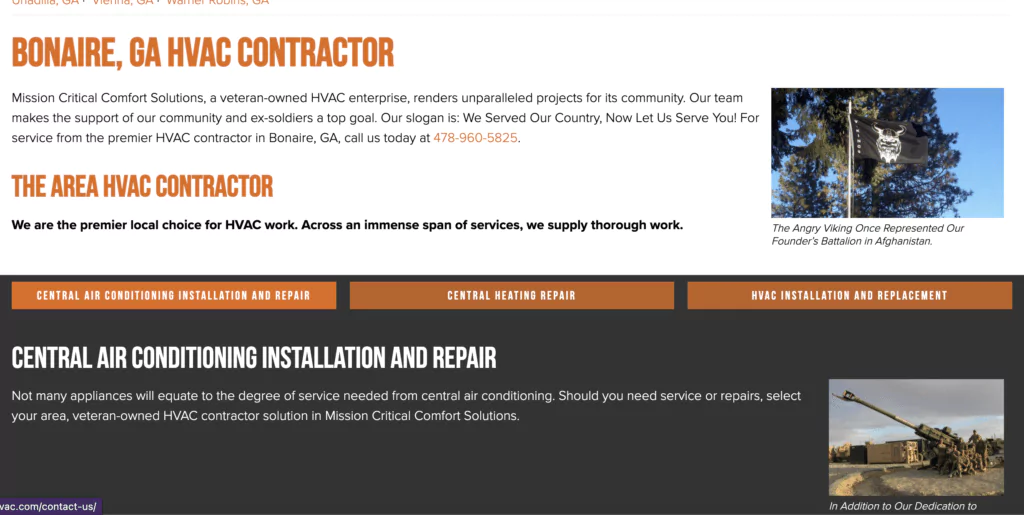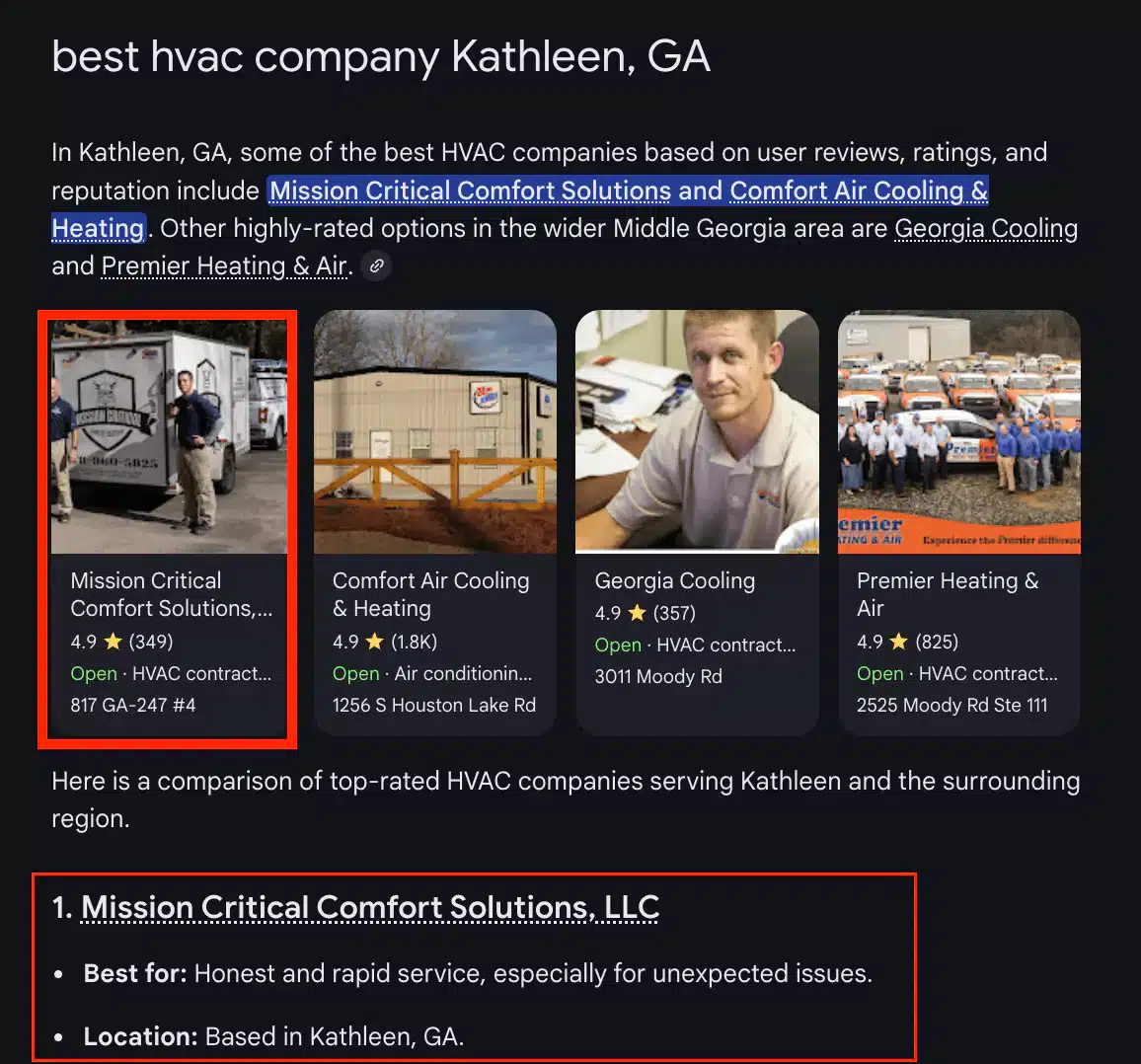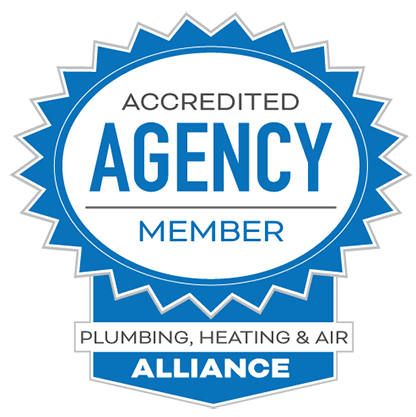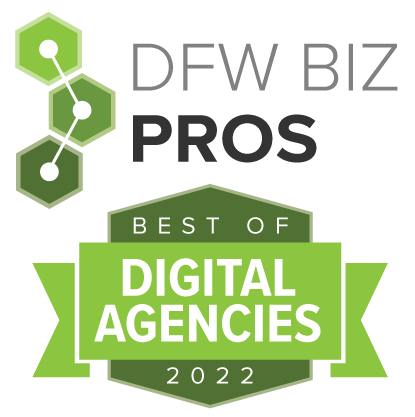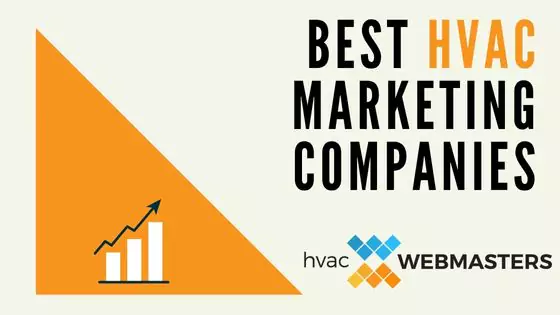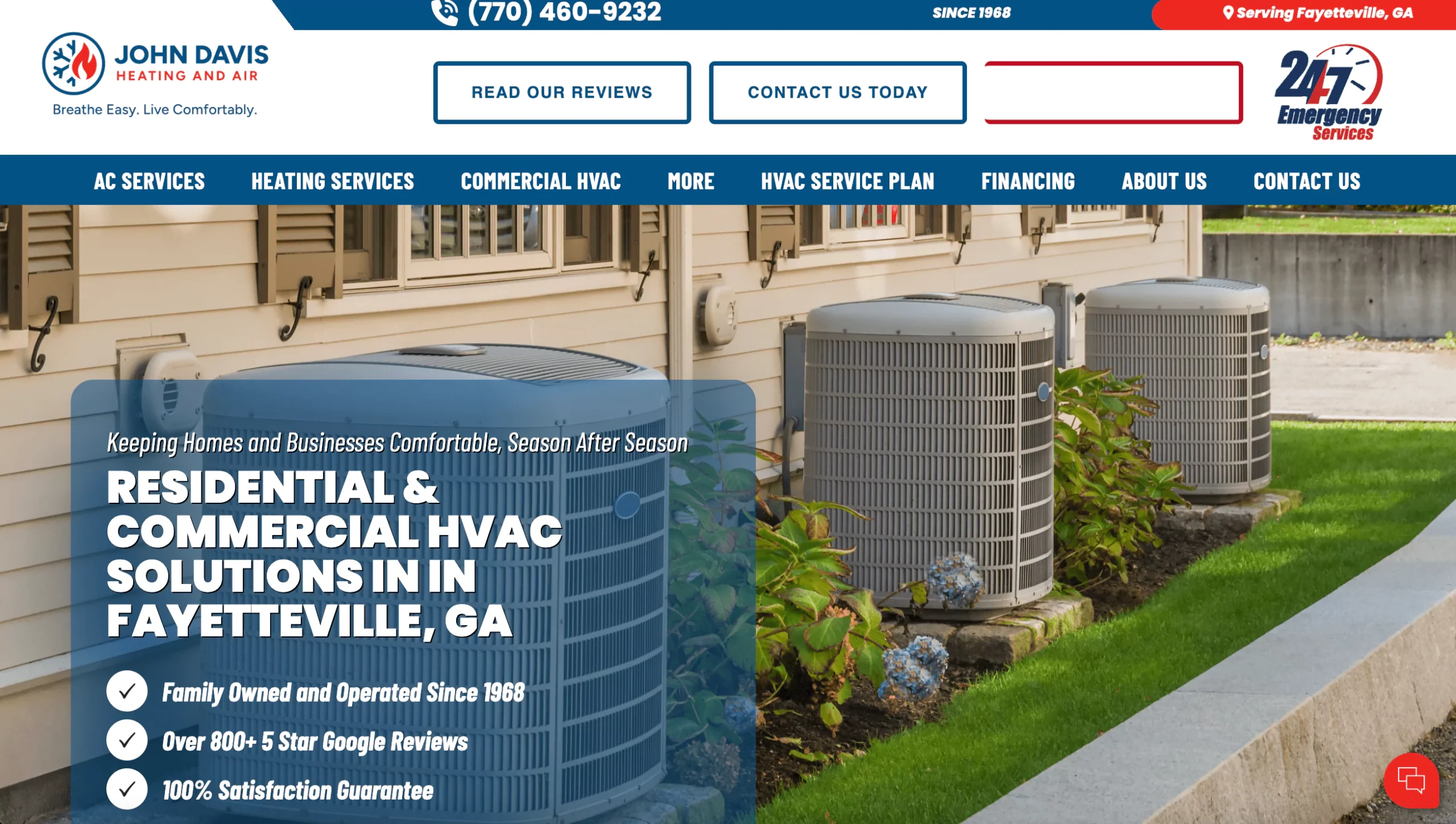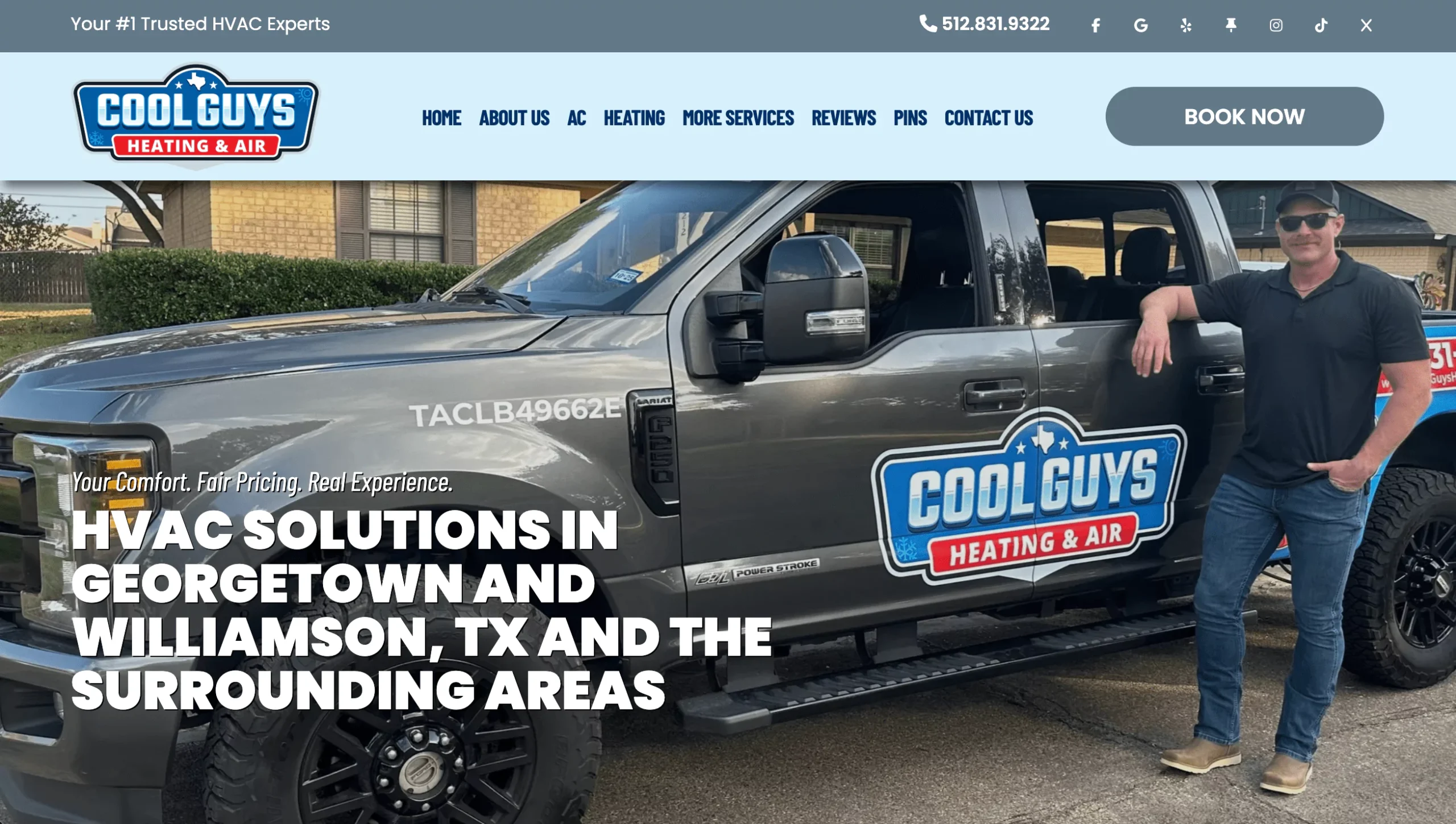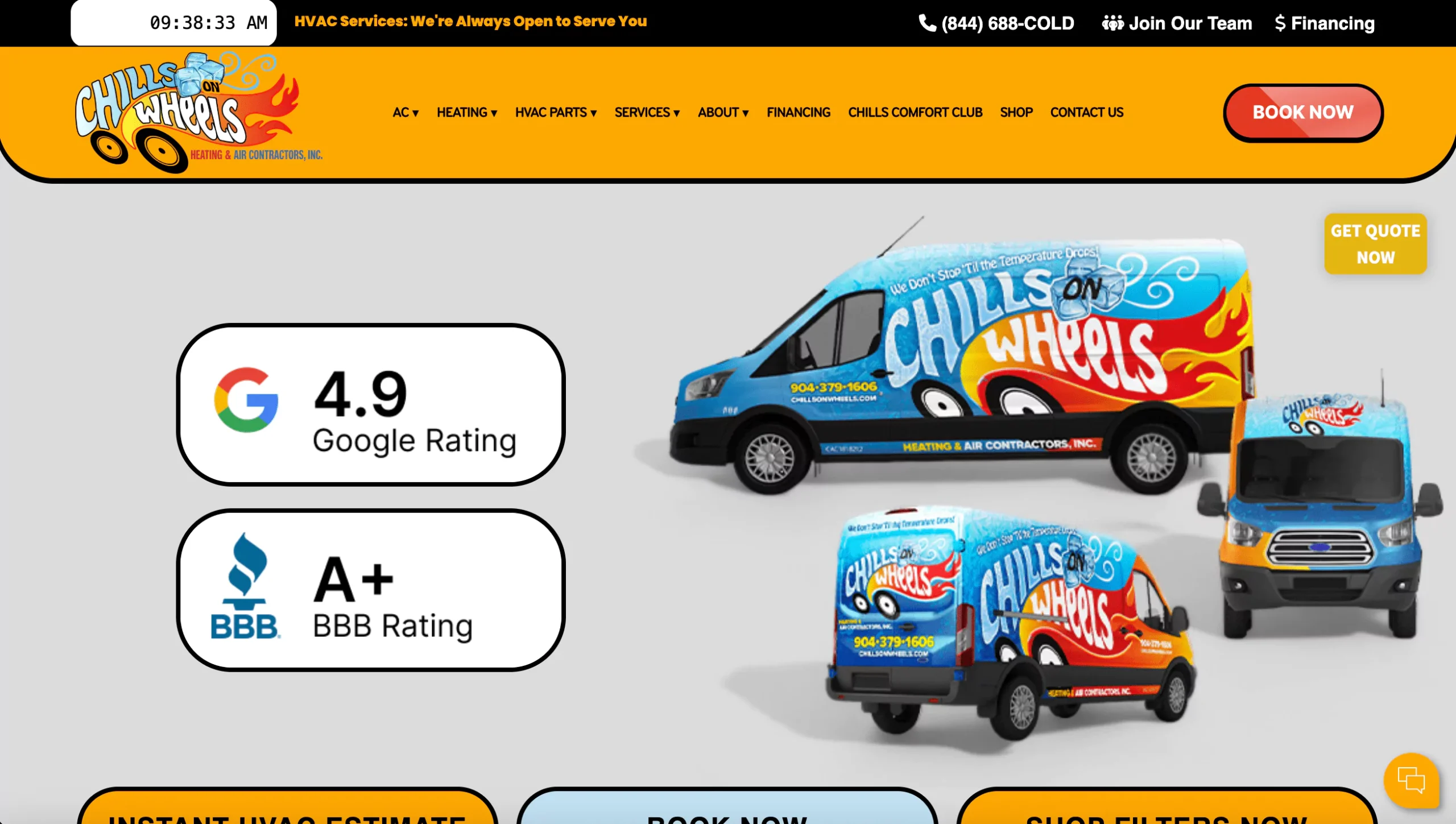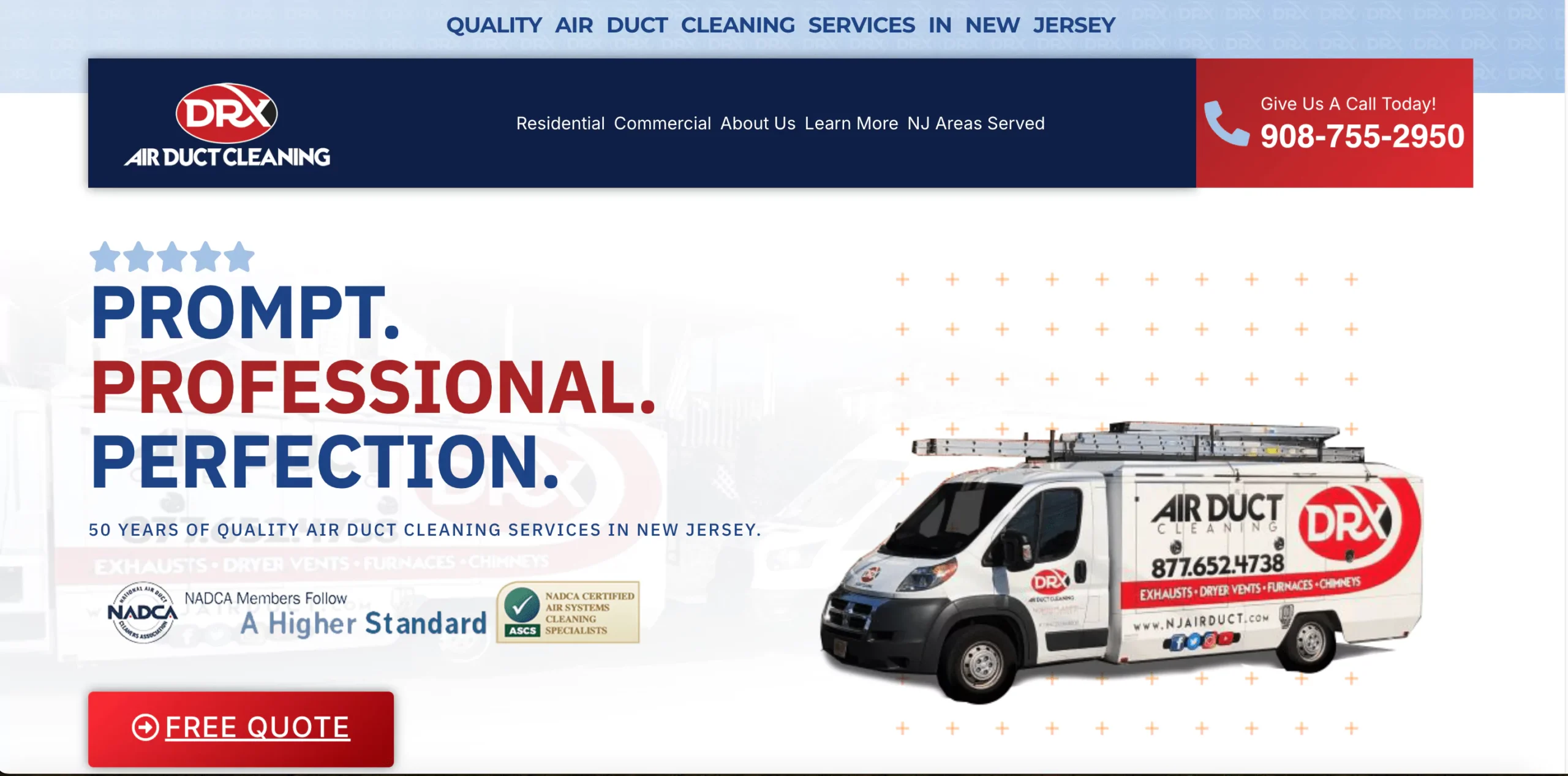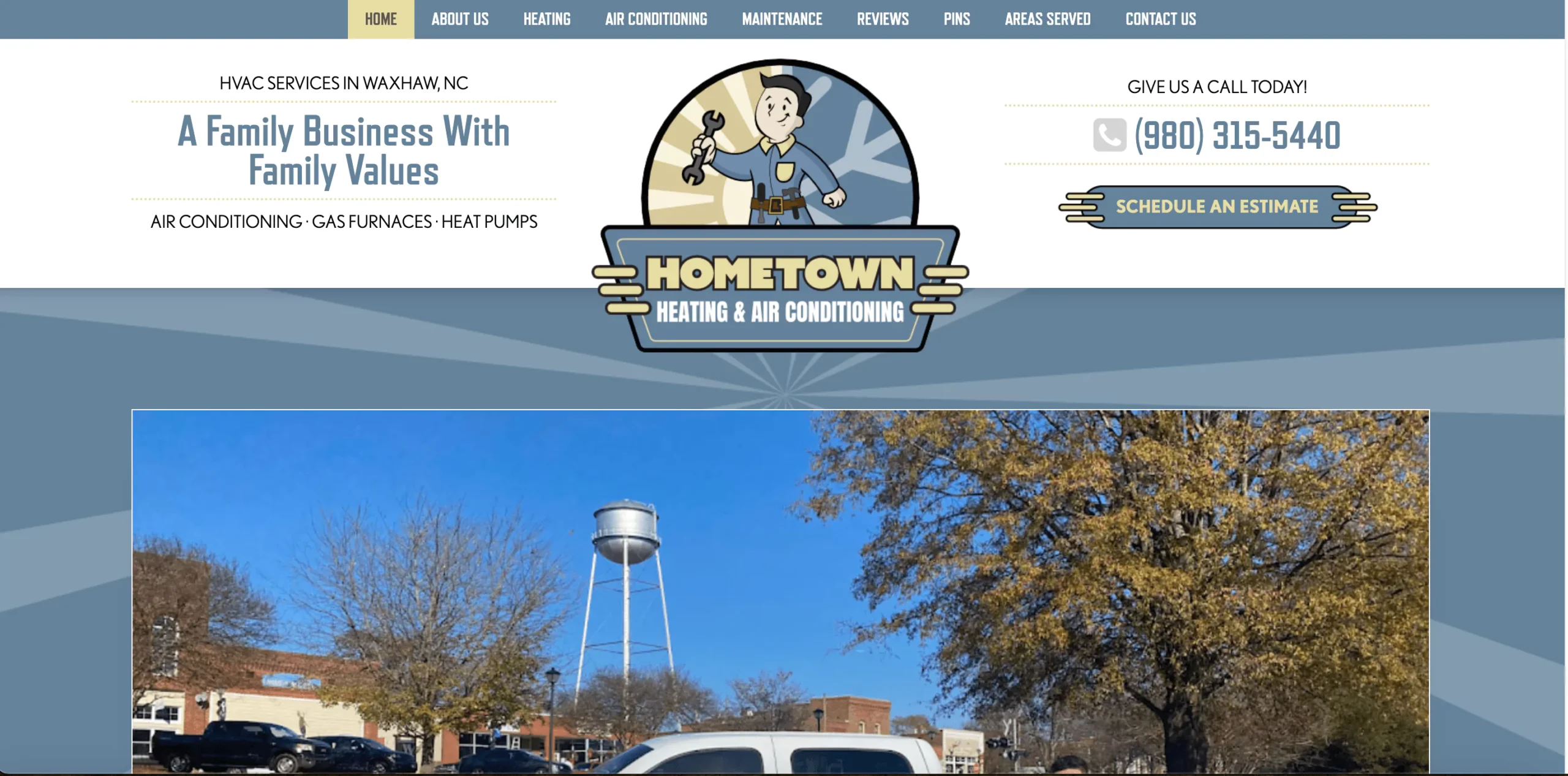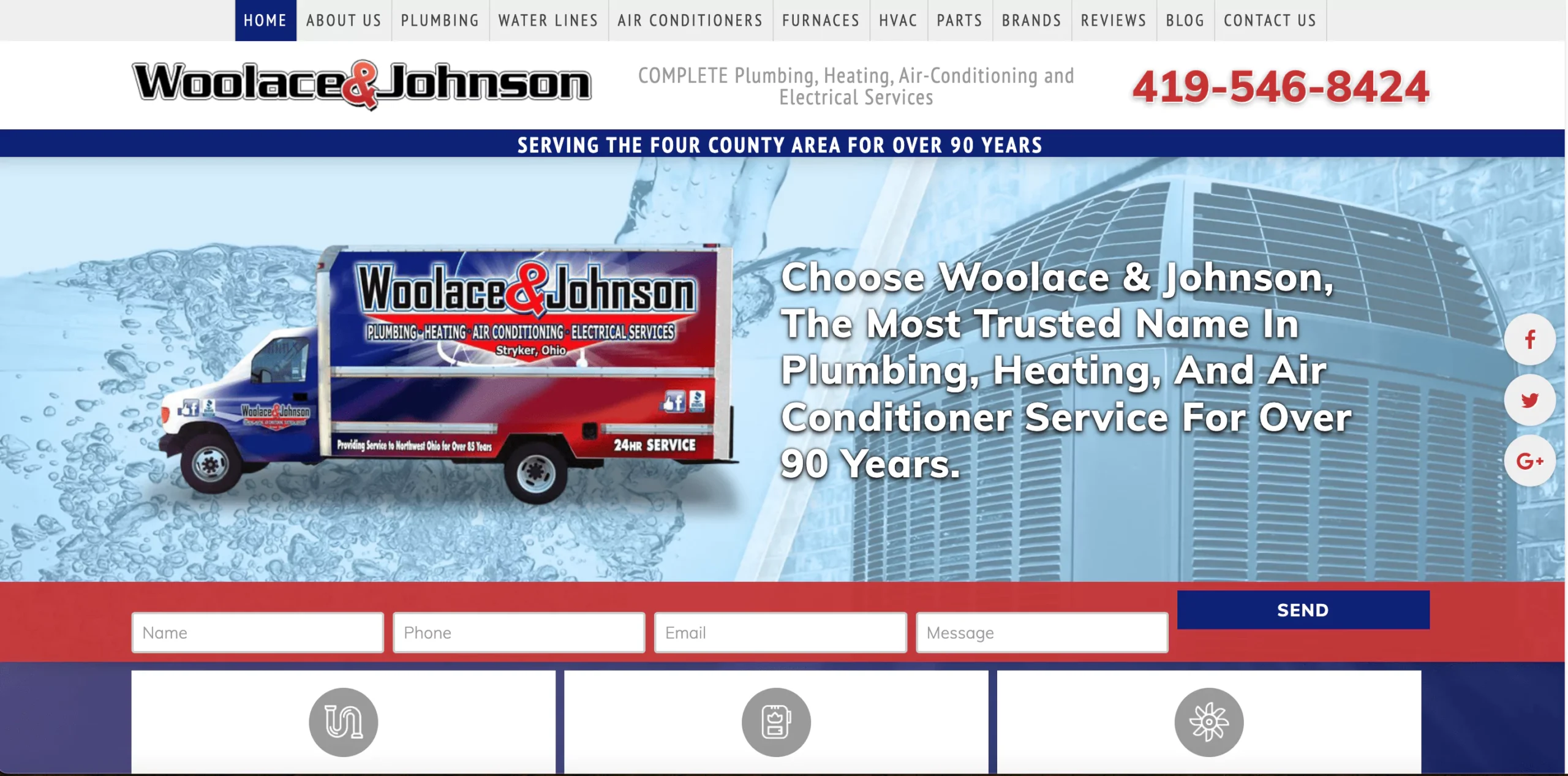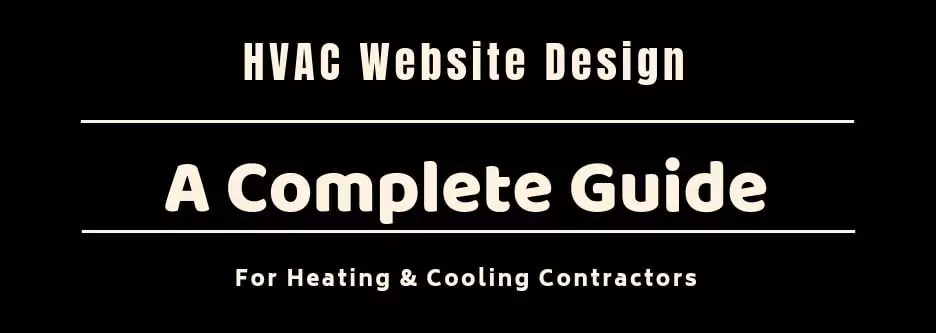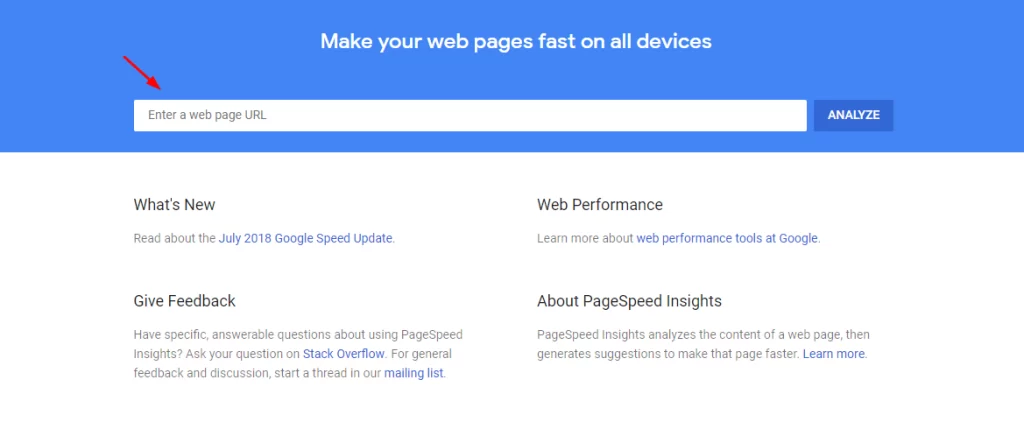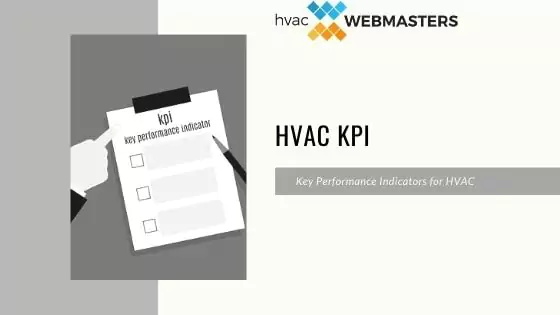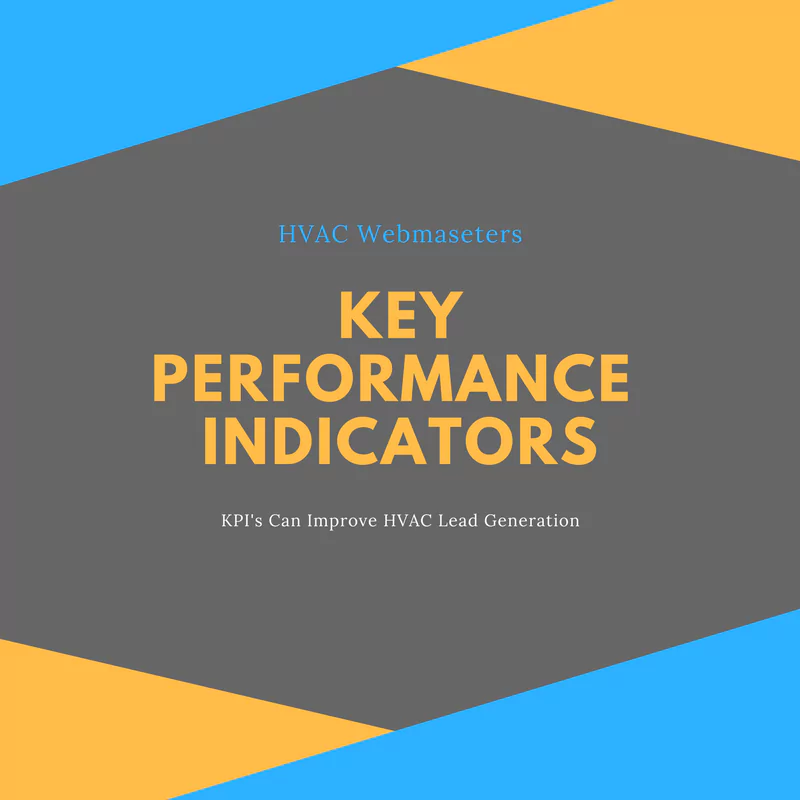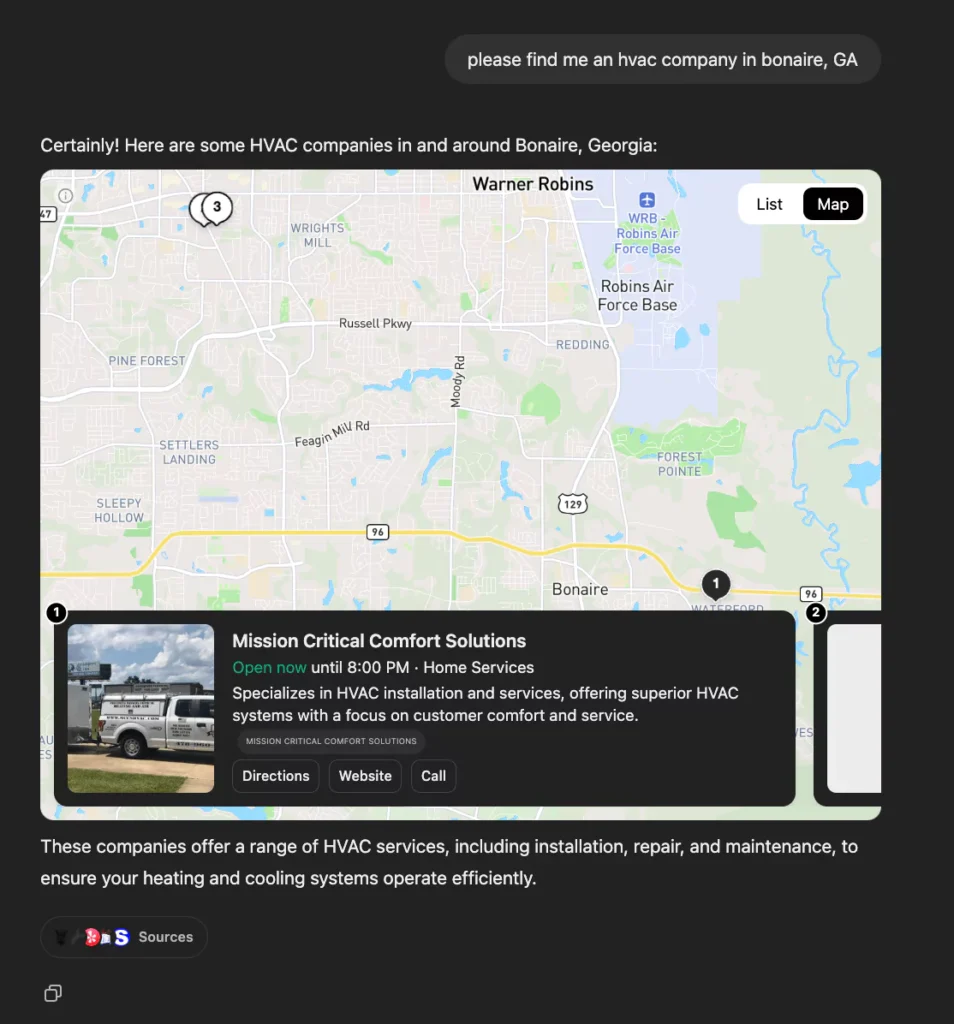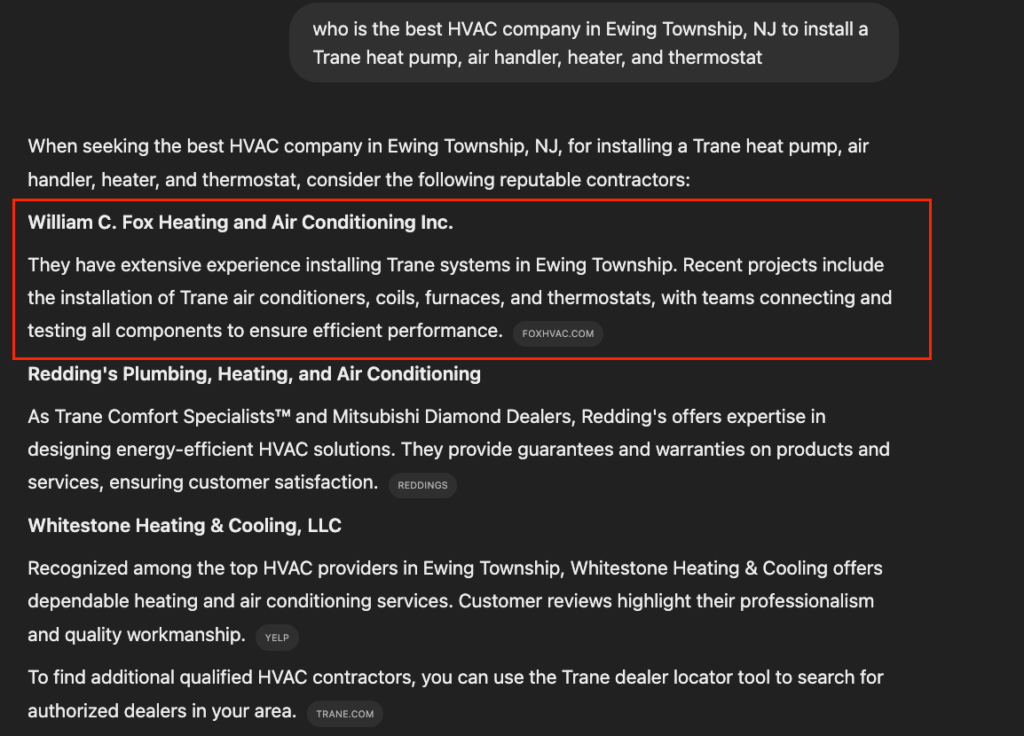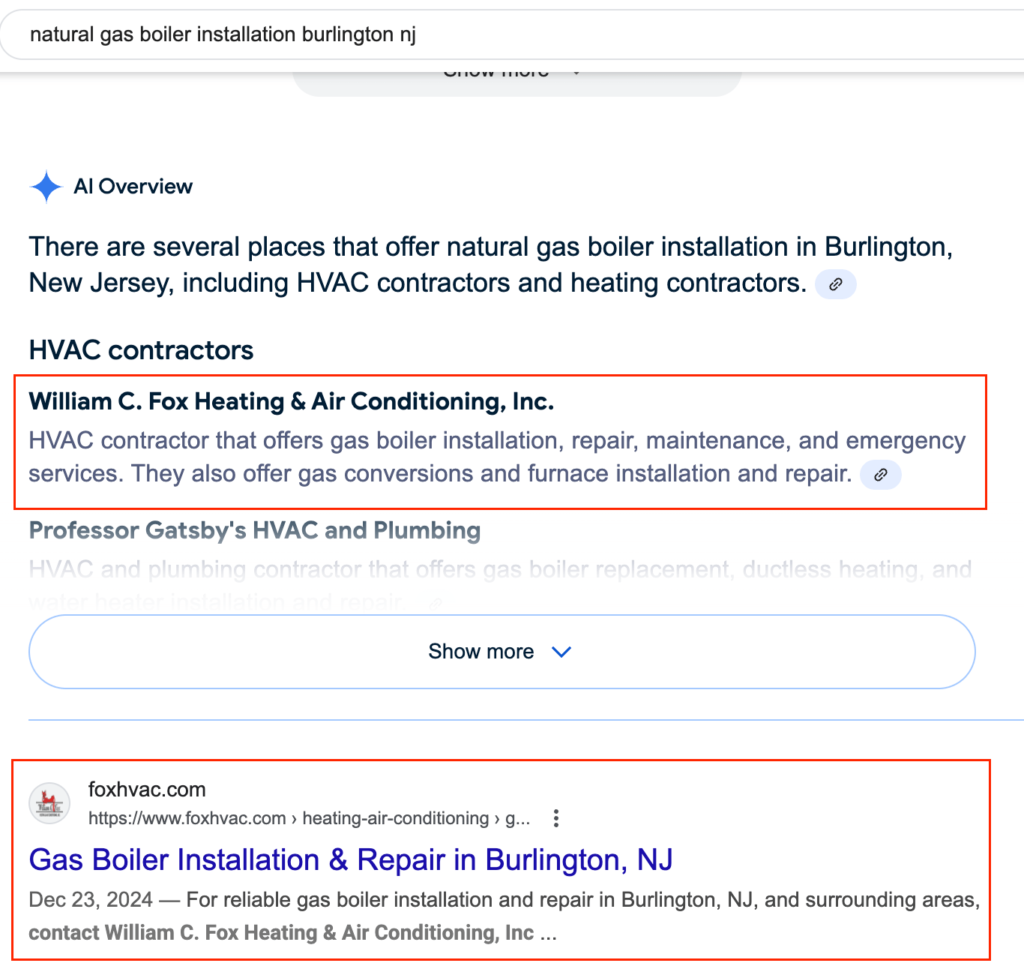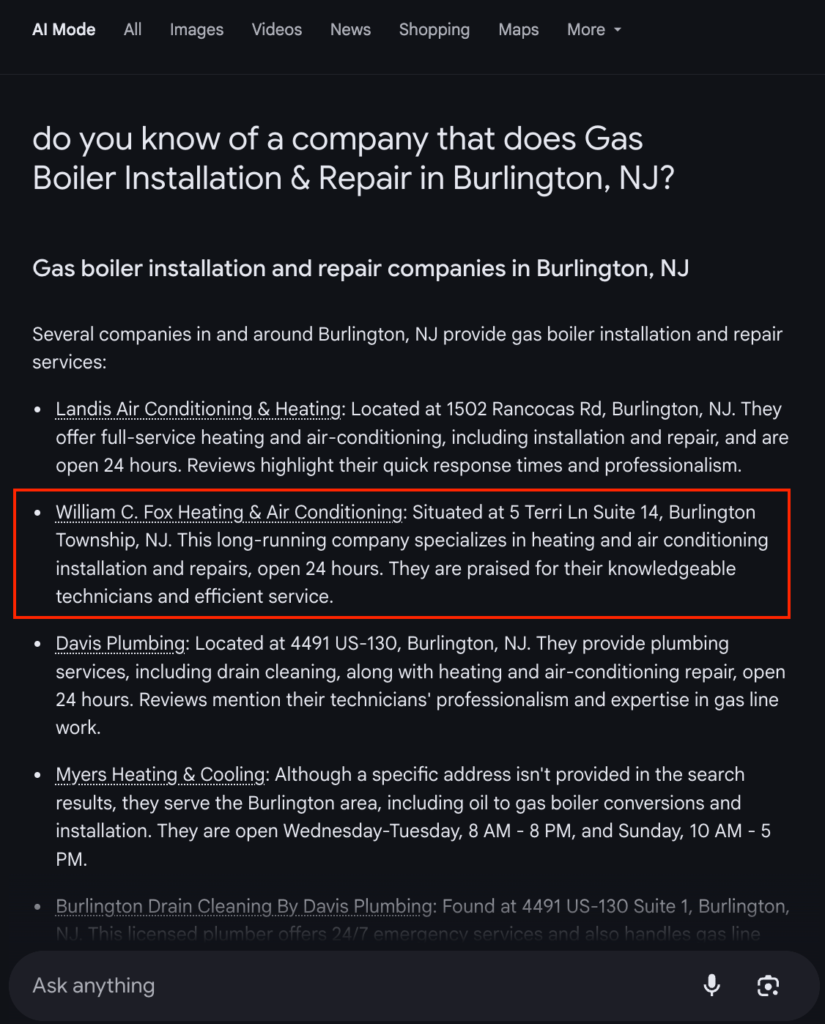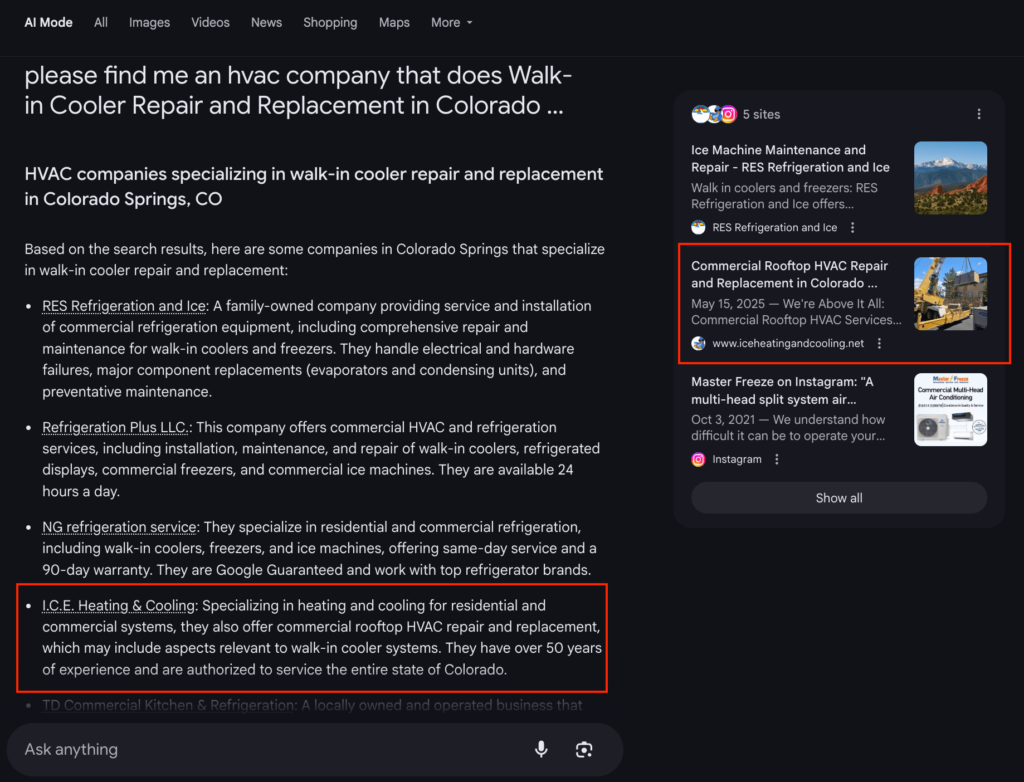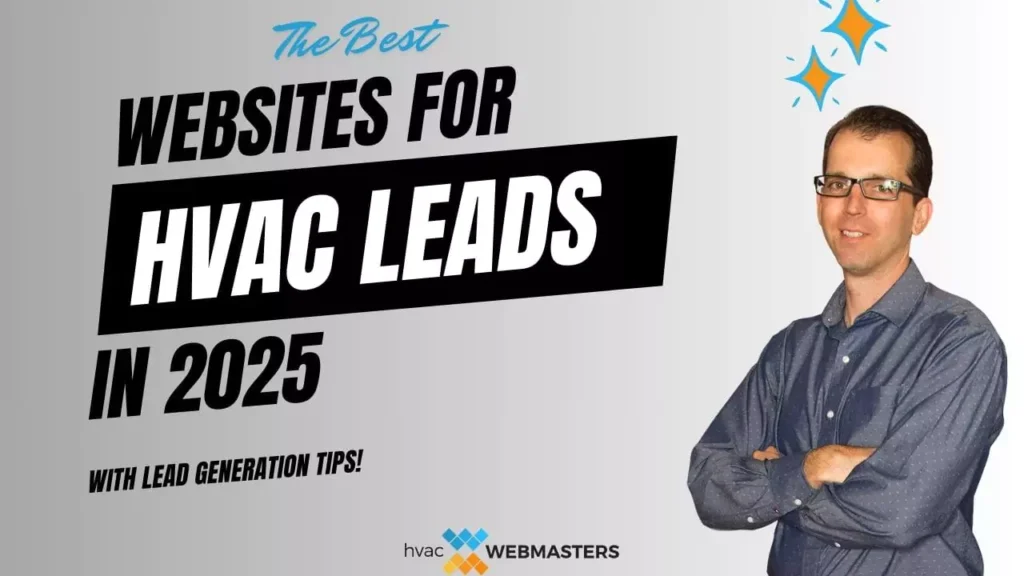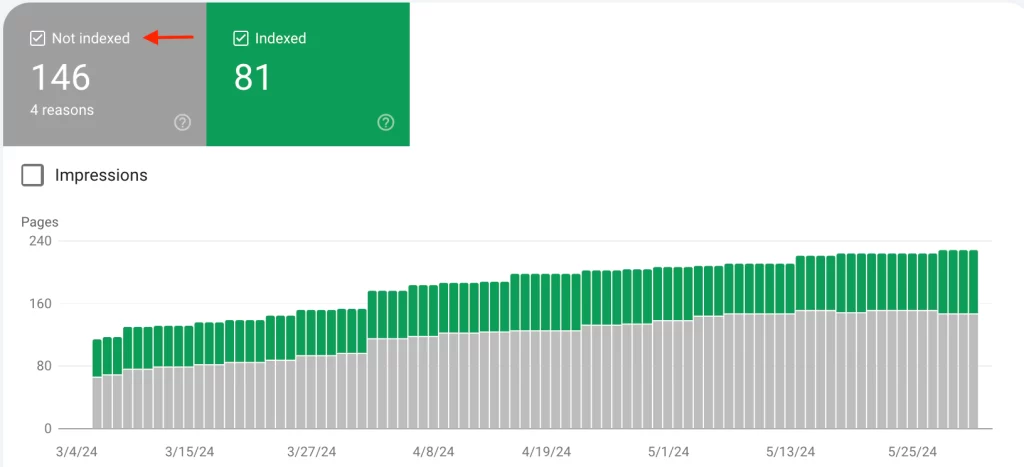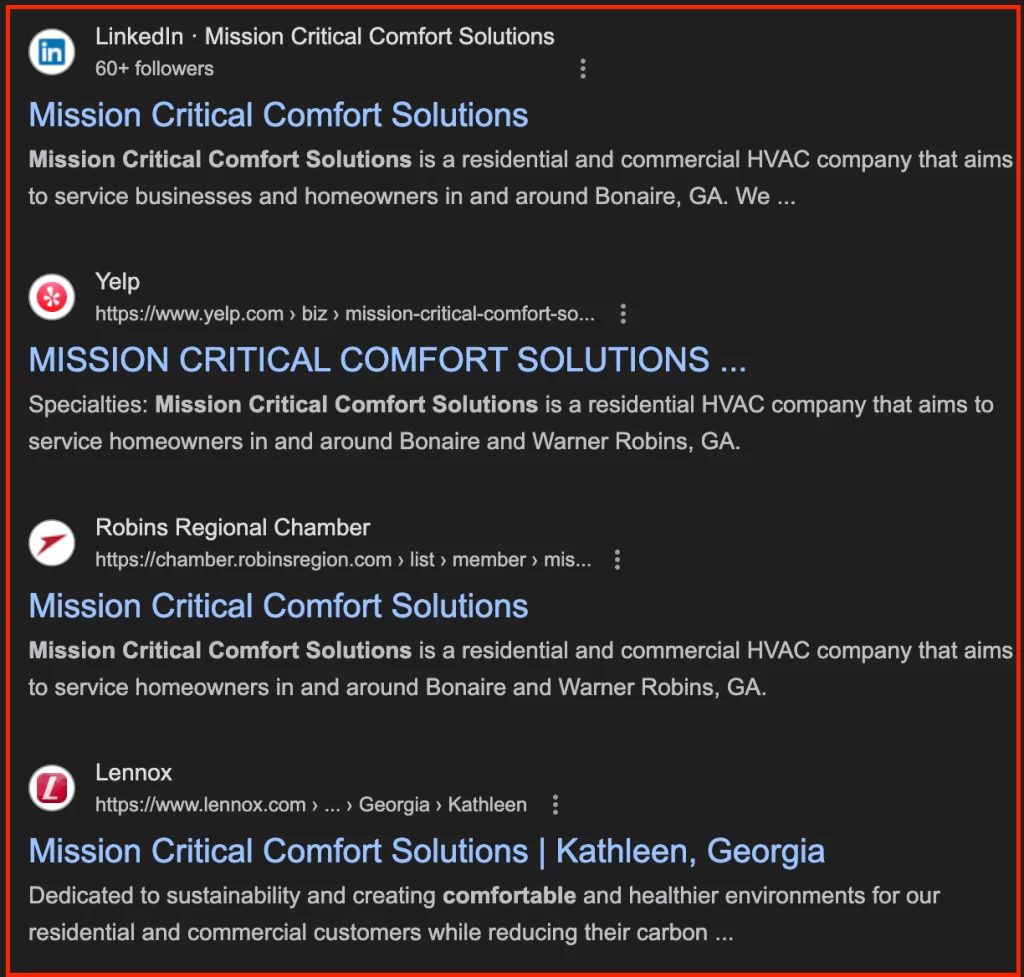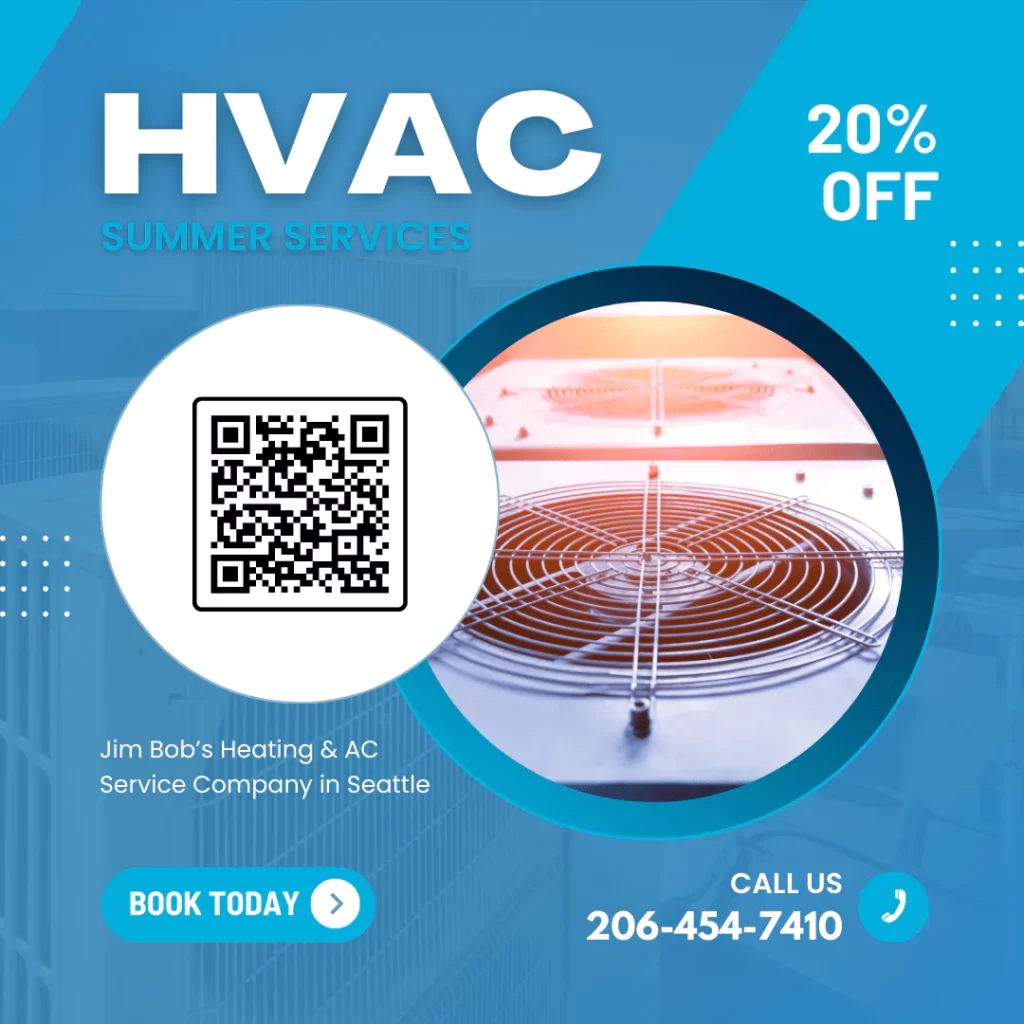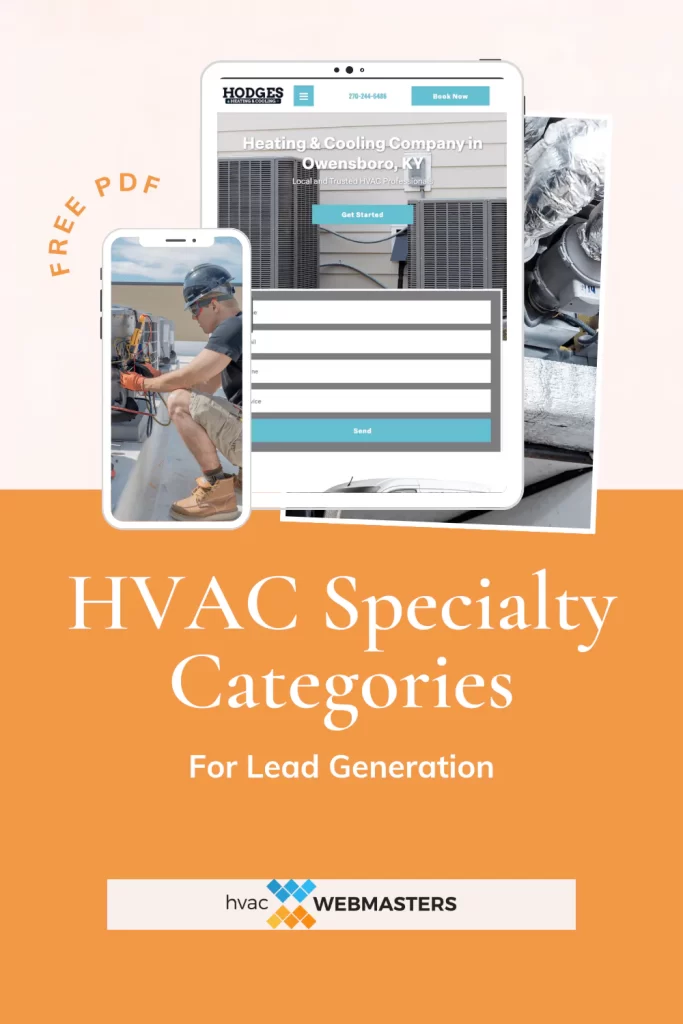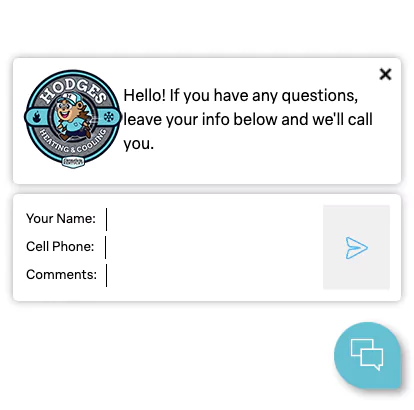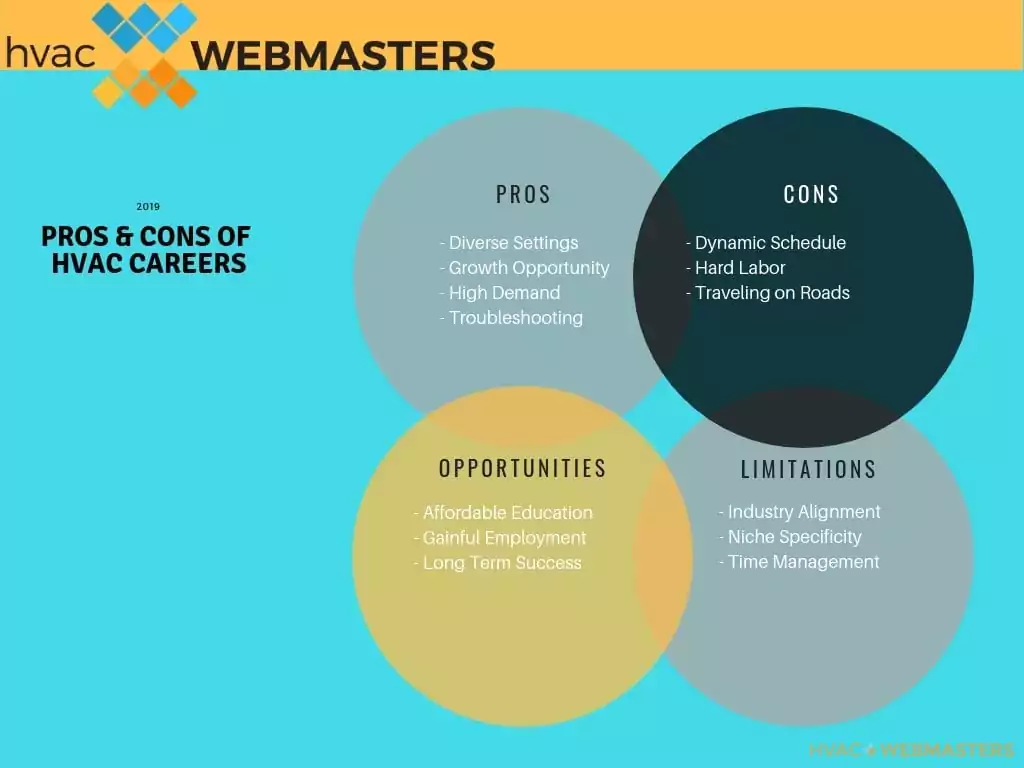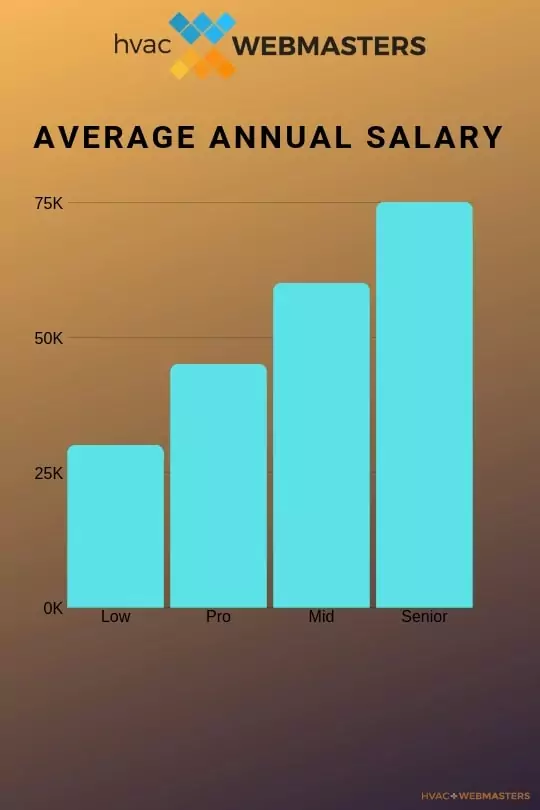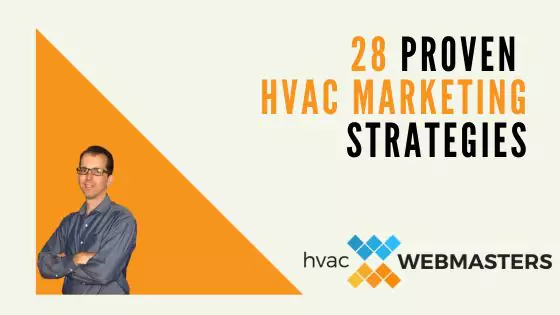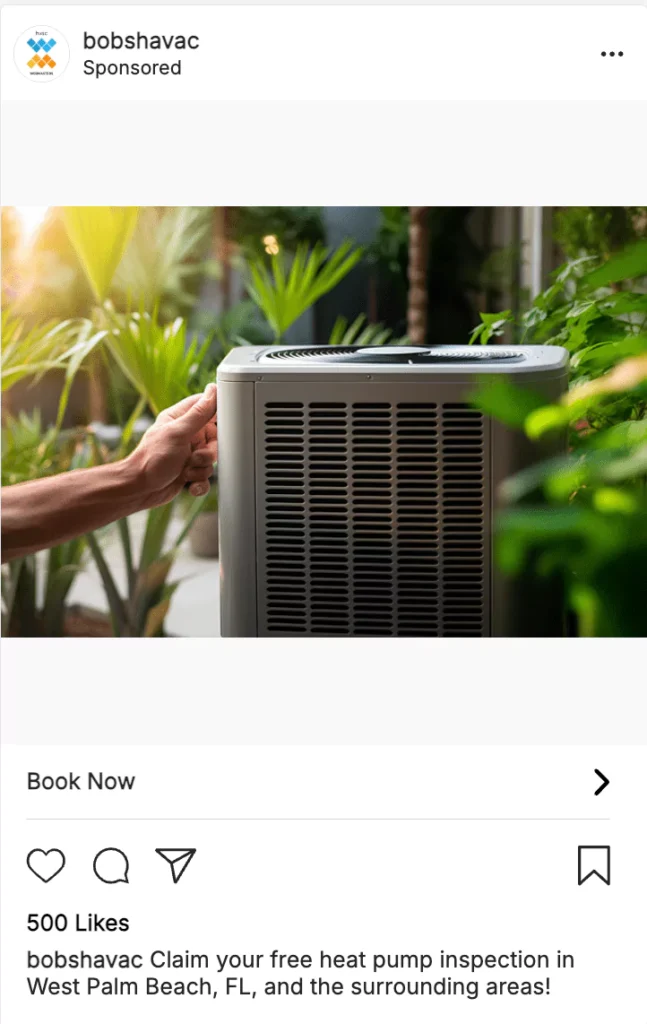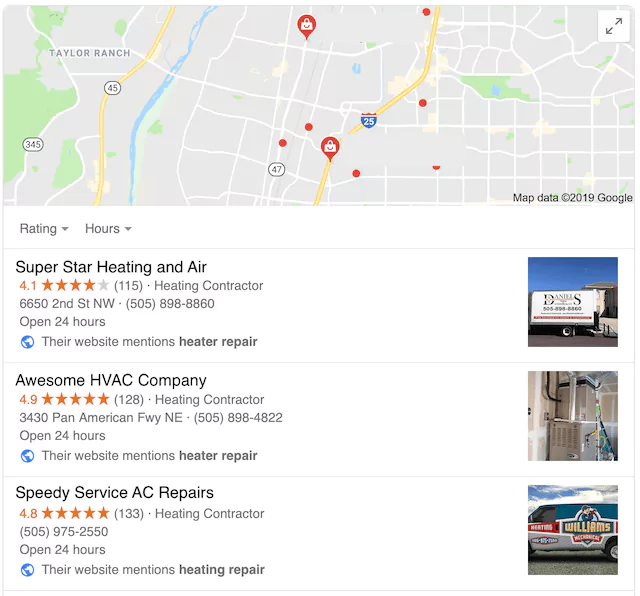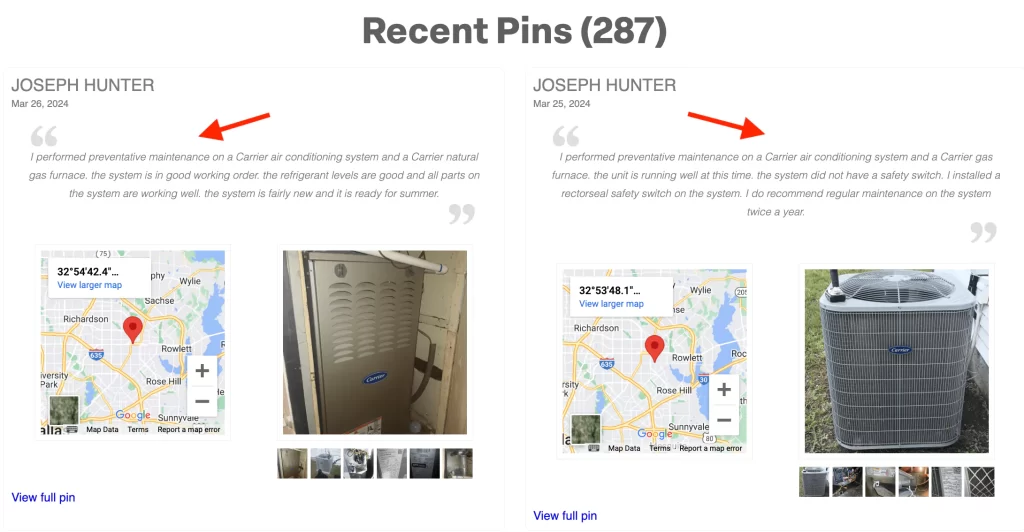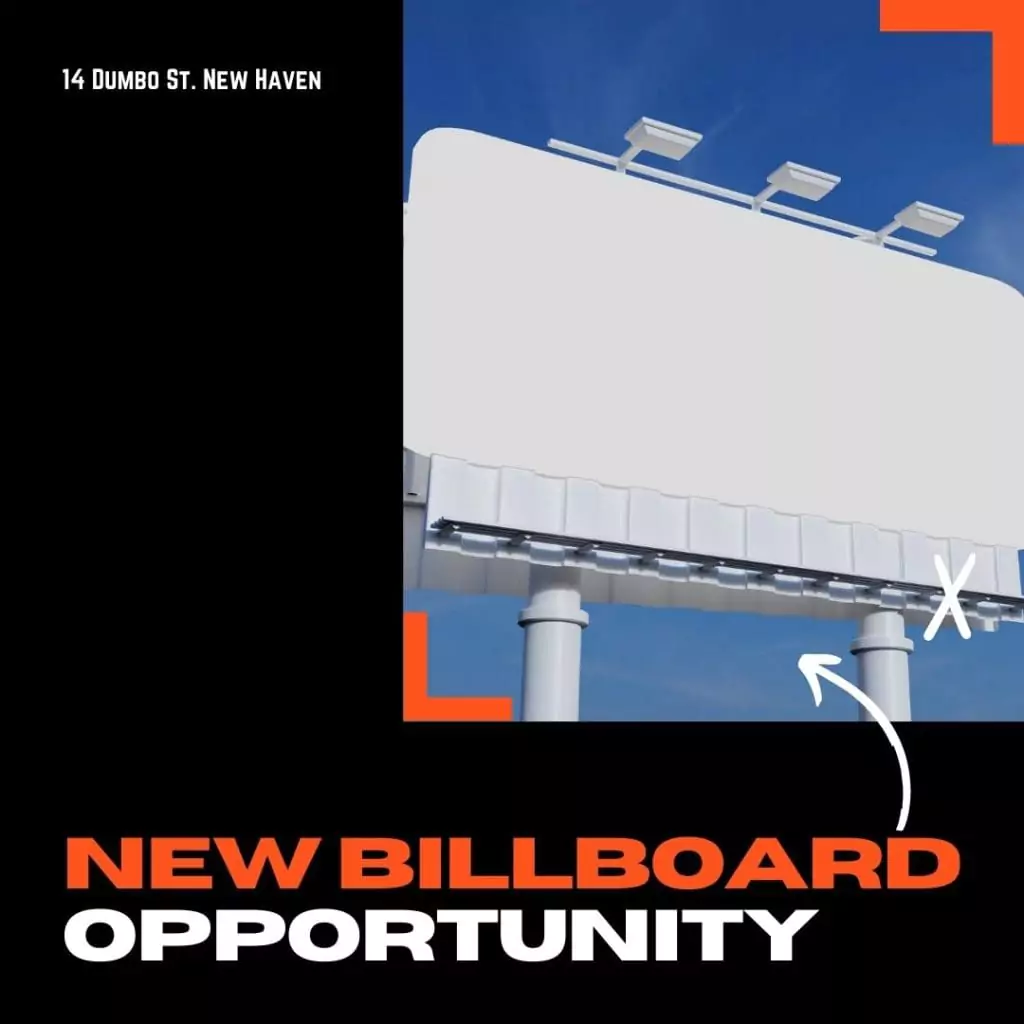HVAC marketing is essential to customer acquisition for modern heating and cooling companies.
However, HVAC advertising and digital marketing are often sources of dismay for local companies that deploy the wrong marketing strategies or hire the wrong agency.
As the founder of my digital marketing agency, HVAC Webmasters, I know firsthand the frustrations of HVACR contractors who’ve experienced grave disappointment with other advertising agencies.
Many service providers make marketing seem overly complex, which can confuse hard-working business owners looking to expand their promotional reach.
Key Takeaway
HVAC marketing is simpler than it looks when utilizing proven strategies like search engine optimization, email marketing, and AI / LLM optimization.
Having spent the past 14+ years working directly with thousands of HVAC companies on marketing campaigns, I’ve compiled 28 proven strategies for promoting a heating and cooling business in 2025.
1) Search Engine Optimization
One of the most popular digital marketing techniques is HVAC SEO, or search engine optimization.
The strategy consists of refining web content, URLs, links, and user experience to rank more effectively on Google, naturally driving more traffic and business to your company.
SEO is a massive industry, and most local companies now invest in some form of SEO.
There are right and wrong ways to execute search optimization, and HVAC contractors should invest in the right services to help them achieve their goals.
Despite being the most cost-effective marketing strategy for exclusive lead generation, SEO garners a lousy reputation in HVAC circles.
The discrepancy between perception and reality stems from the scarcity of trustworthy HVAC marketing agencies in the industry.
Some marketers continue to deploy obsolete or black-hat SEO methods, such as mass-producing blog posts on their clients’ websites, whether intentionally malicious or due to inexperience.
Google’s Helpful Content Update aimed to demote websites that created content for search engines rather than people, and that update now runs in real-time.
HVAC websites were one of the worst offenders in this area, resulting in hundreds of thousands of HVAC websites losing organic traffic.
Modern SEO requires branded digital signaling, E-E-A-T, and schema markup, which few agencies can or are willing to implement for their clients.
The ones that achieve it dominate SERPs and generate the most inexpensive and highest-quality leads in the marketplace.
2) AI / LLM Optimization
Optimizing for AI and Large Language Models will be crucial to HVAC marketing success in 2025.
Google has been showcasing these AI-generated overviews in some capacity since May 2024, and they are becoming increasingly ingrained in the searcher’s experience.
When your heating and cooling company appears in AI answers, users see it as a recommendation from Google, which can lead to immediate sales or gradual brand awareness.
Either way, your goal is to appear within these overviews as often as possible using SEO for AI platforms.
Google Gemini is trained by internet data, which means that your company appearing in list articles like “Best HVAC companies in Denver, CO. can help the AI learn more about your company.
Standard SEO practices also contribute to the LLM’s ability to learn more about your business, leading to more visibility in AI Overviews.
My HVAC clients are noticing an increase in their leads coming from ChatGPT. Homeowners may ask ChatGPT questions like “Who is the best HVAC company in Mesa, Arizona?”
When ChatGPT delivers my clients within their AI-generated responses, homeowners trust the platform and take the next step by contacting the provider.
These types of interactions will become increasingly common, not just with ChatGPT but also with Google’s new AI Mode.
3) Pay Per Click Advertising
Advertising is a form of marketing, and pay-per-click (PPC) ads are the most popular digital advertising method.
Most HVAC companies gravitate towards pay-per-click ads because they produce quick results without much effort.
Google Ads is the top pay-per-click platform in the HVAC industry, producing the most consistent results.
Proper campaign management is essential to generating a profitable ROI with Google Ads, and avoiding wasteful spending is the most integral strategy.
While short-term lead generation is appealing, a long-term PPC investment can yield negative ROI without careful planning.
In most cases, PPC works best as part of a broader digital marketing strategy that includes SEO, reputation management, and remarketing or pixel tracking.
The challenge for local business owners is avoiding the sales tactics of PPC agencies that require long-term agreements.
Many HVAC contractors I’ve worked with spent years in bad contracts with advertising agencies that used deceitful billing tactics to hide their Google Ads fees.
Once they finally break free from the term agreement, they will be trepidatious about reinvesting in Google Ads.
The good news is that with proper management and a synergistic digital marketing campaign, PPC can still return a sizable profit for HVAC customer acquisition.
4) Social Media Advertising
Facebook, Instagram, YouTube, and TikTok have become increasingly important in the HVAC advertising ecosystem.
An increasing number of your target customers spend their time on these social media platforms, especially Instagram Reels and YouTube shorts.
Advertising to these consumers directly on these social apps is a great way to expand brand awareness.
You should note that, because social media fosters positive scrolling, unlike Google, which attracts active searching, the conversion per click will be far lower.
With that being said, targeted advertising, as part of a broader digital marketing campaign, is not always aimed at direct lead generation.
By building brand awareness on Facebook, Instagram, YouTube, and TikTok, you can attract your target customers through a funnel that ultimately results in new clients.
Consider offering a lead magnet through your social ads, asking for an opt-in in exchange for a valuable resource like a guide, checklist, or coupon that benefits your audience.
Once they opt in to your service funnel, you can consistently reach them through email or remarketing (more on that later).
Remember that some of your audience is not currently seeking air conditioner or furnace repair, but they will inevitably need it at some point.
If your company can stay at the top of their mind, it will likely be the one they contact when the need arises.
5) Google Maps Optimization
As a local HVAC company, you want your Google Business Profile (formerly known as Google My Business) to rank in Google Maps results, just as you want your website to rank in Google Search results.
When your website and business profile rank at the top of Google (in the Maps and Search sections), it creates a halo effect for searchers.
“Who is this HVAC company ranking simultaneously on Google Maps and Google Search?”
When you get searchers asking this question, your conversion rates will immediately increase.
Ranking on Google Maps requires optimizing your Google Business Profile and website in tandem.
Google Maps uses information from your website, so ensure your business URL is inserted into the website field of your Google Business Profile.
From there, add original photos to your profile and make sure your contact information is updated.
Next, you should focus on requesting Google reviews and responding to existing ones to help build your listing’s prominence.
Optimizing Google Maps search results can increase your HVAC company’s visibility, build credibility, and increase conversion rates.
6) E-E-A-T
E-E-A-T stands for expertise, experience, authoritativeness, and trustworthiness and is an acronym coined by Google.
Because Google is your #1 marketing channel as a local contractor, aiming to meet their publicly requested standards is the key to maximizing success.
You can demonstrate these E-E-A-T qualities using various strategies, including attaching your licenses and awards to your website homepage and embedding a review plugin for verified 3rd party customer reviews.
Publishing content that contains expert information that only you can know is another way to showcase expertise.
On your website, outline what makes your services unique and include images and proof of recent jobs.
In addition, ensure your website is secure with HTTPS and site security so users feel comfortable with your business.
Implementing E-E-A-T on your business website will help set up your long-term brand online.
7) Check-ins
Check-ins are a form of schema markup that allows HVAC contractors to showcase proof of recent jobs.
For example, performing an AC coil repair in a nearby town of 5,000 people would generally go unnoticed by your website visitors.
However, with check-ins, you can show each job, including its service type and location.
As you might imagine, seeing proof of your jobs helps customers build trust with your services.
The same applies to search engines like Google, which value unique content that demonstrates expertise.
You can use software tools like DataPins or NearbyNow to generate check-ins from various heating and cooling jobs throughout your service areas.
Regular check-ins ensure your website stays fresh with new content daily or weekly.
8) Citations
Citations, often called NAP citations, showcase your HVAC business’s name, address, and phone number.
Your business must secure citations on significant directories like Yelp, Bing Places, and local chamber of commerce websites.
Angi’ and HomeAdvisor are valuable citations, too.
You want your citations to have consistent NAP information to build digital credibility, especially with data aggregators like Data Axle and Neustar Localeze.
However, there is one caveat when it comes to citations, which is that many are meaningless.
Citations from directories not indexed on search engines like Google won’t help your business.
If you pay for these kinds of citations, you are wasting money.
It’s not enough that the directories’ homepages are indexed; the interior pages with business information must also be indexed.
9) Community Engagement & Sponsorships
Community outreach is a legitimate way for HVACR companies to establish a local presence and build credibility with future clients.
Participation in local events and organizations helps your business positively associate with your community.
As digital platforms like Google work to credit businesses that build an authentic brand offline, these types of tasks become even more critical.
Offering free HVAC services to non-profits in your area is an excellent way to foster future relationships.
You might even consider hosting a speaking event or workshop where you outline the benefits of energy efficiency and AC maintenance for commercial producers.
Another form of community outreach comes from internships or apprenticeships with local colleges.
As these various engagements accumulate, your brand will grow and expand in more ways than you can imagine.
Sponsorships can help your HVAC business quickly increase brand awareness in your community.
Little League teams and local charities are easily attainable sponsorships you can pursue immediately.
By sponsoring a local sports team, your logo can appear on their jerseys, promotional items, and even on signs within the field of play.
This visual association helps foster trust from your local consumer base.
To expand your brand from an industry standpoint, consider sponsoring trade shows, HVAC-related events, and local groups.
These offline marketing strategies will fuel your online campaigns in 2025.
10) Public Relations (PR)
Public relations or PR is a legitimate way to market your heating and cooling business.
Unlike link building, which is aimed at algorithmic manipulation, digital PR naturally builds links while spreading brand awareness.
PR involves working with journalists to publicize your company’s achievements, innovations, and community endeavors.
Depending on your market, you may be able to earn a local TV spot on the news station.
Authentic links from credible institutions like local news websites are invaluable for digital marketing.
Furthermore, promoting your company through more traditional advertising channels (newspapers, magazines, etc.) allows you to cover all bases in brand awareness.
11) Email Marketing
Email marketing has become a critical promotional tool for HVAC businesses to nurture leads and increase customer acquisition.
Email subscriber lists allow companies to keep their audience informed about new services, discounts, and seasonal HVAC recommendations.
Consistent and informative newsletters keep your brand in front of your target customers’ eyes.
Within the scope of email marketing, segmentation becomes increasingly essential.
The more customized your email lists are to specific audiences, the more they will open and engage with your email sequences.
For example, people who previously scheduled furnace maintenance can be alerted that they need a check-up at a specific target date during winter.
Email marketing also helps increase customer acquisition by nurturing leads who have not become customers.
A large section of your audience is not ready to buy immediately, but offering a lead magnet in exchange for an email opt-in allows you to continue to nurture the lead through the sales cycle.
Using email marketing software such as Active Campaign or AWeber, HVAC companies can track analytics like open rates, click-through rates, and unsubscribe rates through dashboard analytics.
From there, companies can adjust their campaigns to increase success.
12) Content Marketing
Content marketing is a great promotional strategy when it adheres to Google’s guidelines and proves authentic value to visitors.
However, part of the reason Google implemented the Helpful Content Update was to prevent websites from publishing hundreds of thin blog posts that foster a negative user experience.
Unfortunately, most HVAC companies have been taught that mass-producing blog posts gives Google “fresh content,” which is an obsolete and inaccurate way of thinking about content.
Since heating and cooling websites are among the worst offenders of mass-producing low-quality content, they have lost significant traffic over the past several years.
Google’s Helpful Content Update demotes websites that engage in such content mass production.
Content marketing, the right way, involves strategically updating existing content.
New content should only be created and published if a similar page does not exist.
Your content efforts should focus on maximizing existing pages rather than creating hundreds or thousands of pages that cover the same topic.
You can check out my content marketing video below to better understand this process.
13) Customer Referral Programs
Customer referral programs help heating and cooling companies market their business through word of mouth.
When satisfied customers refer family or friends to your services, you gain great new clients already invested in your brand.
The referral program incentivizes your existing client base when they refer new customers.
Their referrals can be tracked by providing each partner with a unique code to ensure they receive proper credit for bringing in new customers.
Examples of incentives include discounts, card or cash rewards, and complimentary services.
You can promote your referral program to your existing client email subscriber list and increase awareness on your social media channels, such as Facebook.
Referrals are some of the best leads your company will get from any marketing strategy, as the conversion and repeat customer rates are exponentially higher than other channels.
14) Direct Mail
Direct mail is often considered an old-school marketing strategy, but it remains effective in 2025.
The primary benefit of direct mail is hyper-regional targeting, which allows you to drill down your efforts to specific neighborhoods where your services are most coveted.
With this in mind, you should customize your mailers and marketing materials for the location you are covering.
Examples of direct mail include postcards, letters, and brochures, each of which varies in expense.
To maximize your broader marketing campaign, include QR codes on your mailers so users can quickly access your website through their mobile devices.
You can follow up with these leads through email sequences and retargeting campaigns.
Like digital marketing strategies, tracking success rates with direct mail is essential.
Evaluating ROI is the key to maximizing a multi-channel marketing approach for HVACR businesses.
15) Billboards
I’ve witnessed the impact of HVAC company billboards on trickle-down marketing.
As drivers pass by a witty billboard for an HVAC company, they are more likely to search for the brand name, increasing brand signals on search engines.
While many of your billboard impressions will come from locals who are target customers, some will come from travelers and commuters who are not candidates for your services.
That doesn’t equate to a wasted impression; their brand engagement can contribute to your broader marketing campaign.
The downside of billboards is that they use relatively random targeting despite high-frequency impressions.
In addition, their full impact can only be reached with a high-quality execution of the visual and text elements.
Any HVAC-related billboard should feature bold fonts, in-your-face images, and, most importantly, a witty slogan.
Because HVAC services vary by season, it is essential to run billboards that align with seasonal trends, such as furnace repair during a cold winter or AC repair during a hot summer.
Lead attribution for billboards is more challenging than digital advertising methods, as the customer’s entry point can rarely be traced directly to their sight of your billboard.
However, you can measure your overall campaign engagement during billboard campaigns compared to times when you are not running billboards.
16) Print Advertising
Newspapers and magazines have become virtually obsolete over the past decade, making it seem like a waste to invest in advertising on these platforms.
However, those who continue to read newspapers trust them more than ever.
Research indicates that 82% of people trust print ads.
Older demographics, such as homeowners and local residents, still rely on print for trusted service recommendations and other information.
While this group is a smaller subset of your clientele, it could represent a potential market inefficiency if competitors fail to target it.
As a result, if you can target local newspapers with HVACR advertisements, the ROI could prove surprisingly favorable.
Visual appeal plays a crucial role in executing a successful print ad.
Make sure to invest in the highest quality images to foster visual engagement.
Another factor with print advertising is consistency.
It is not enough for readers to see your ad one time and never again.
You should run ads repeatedly in the same publications to build a rapport with subscribers over time.
17) TV Commercials
Let’s be clear: YouTube is now the top platform for video consumption worldwide.
Digital ad spending officially overtook television ad spending over 7 years ago.
However, television ad sales have increased by 5% since then.
The trend indicates that as the competition diminishes, the ROI increases.
HVAC contractors looking to establish themselves in their local community may still benefit from a television spot.
When creating TV commercials, focus on a clear, engaging message highlighting a unique value promotion.
Another TV commercial strategy is highlighting a customer testimonial to build trust with viewers quickly.
The audio and visual quality of your content is paramount, so don’t try to save money on professional video and audio production.
18) Radio Ads
While music streaming services have replaced the radio, a surprising number of consumers still listen.
A study shows that the average American still consumes 13+ hours of radio weekly.
Some of HVAC contractors’ most reliable clients have not entirely transitioned online and may need coaxing to connect digitally.
Tracking radio ROI is simple, which is one of the reasons companies still invest in advertising.
Targeting local radio stations enables service area businesses, such as HVAC companies, to promote their services within a specific community.
Because radio is an audio-exclusive platform, its success or failure is rooted in its script and voiceover quality.
Even if you nail both of these, including a simple call to action (CTA) at the ad’s end is critical so listeners can take the next step.
Another factor to consider with radio ads is the time slots, as rush hour traffic times will reach the widest audience.
Consider mentioning your website and social profiles within your ad to align with your broader strategy.
19) Strategic Partnerships
Strategic partnerships allow HVAC companies to access the customer bases of complementary businesses and create mutually beneficial opportunities for both parties.
Real estate agents or agencies, HVAC suppliers, and new home builders are examples of complementary businesses to an HVAC company.
In particular, referrals from real estate agents are highly valuable and can consistently produce new customers for your business.
Strategic partnerships can form organically or through digital outreach, leading to co-branded promotions and marketing efforts between entities.
For example, a joint press release citing your company and a real estate agency can increase brand awareness for both.
Finding new partnership opportunities often involves attending community or industry events where others seek collaboration.
The best partnerships are rooted in defined terms and frequent communication so everyone is on the same page.
20) Video Marketing
Video is a winning marketing strategy in the HVAC industry, presenting an excellent way to engage with future clients through YouTube and your business website.
Recording and publishing HQ videos allow you to showcase services, highlight expertise, and initiate the preliminary sales process with your customers.
For the modern customer, video outperforms text by conveying detailed information through an attention-keeping medium.
As you know, HVAC systems are highly complex, and most homeowners can’t visualize services based only on text.
From a promotional standpoint, video marketing is outstanding for SEO, conversion rate optimization, and lead generation.
You can publish videos directly on YouTube (one of the largest online platforms) and then embed them directly into your website’s pages.
Including videos on your website increases on-site engagement, decreases bounce rates, and sends positive signals to search engines about user experience.
Modern smartphones can record high-quality videos for small businesses, but you can also invest in a microphone to enhance the audio quality.
Video analytics are made simple through YouTube’s analytics dashboard, Google Analytics, and Google Search Console data for pages featuring videos.
21) Free Giveaways
Offering valuable services for free is a quick way to engage potential customers.
A commonly used giveaway for an HVAC company is a free system inspection or seasonal maintenance check-up.
The consumer receives immediate value, while your technicians can quickly identify potential long-term services the client will require.
If you choose against the free services route, you might consider giving away a tangible product like a smart thermostat or air filter.
Clients will notice quick changes in their HVAC system performance and attribute them to your brand.
To maximize your reach, consider promoting your various giveaways through social media, email lists, and website content.
You can also partner with other complementary service providers to reach even more potential clients.
You can monitor the number of people who apply for your free giveaway and then track their future engagement with your company after the service or product is provided.
Analyzing this data will help you refine future giveaways to maximize reach and success.
22) Truck Wraps
Wrapping your company work trucks creates a moving billboard for your HVAC brand.
Because your technicians service various cities within your service area, their truck wraps will consistently reach your target audience.
An effective truck wrap design features your company logo, color scheme, phone number, and other branding elements.
I recommend including a branded QR code (tracked with a UTM tag for conversion measurement) and website URL to expand your exposure to a digital interface.
The text on your design should be legible from afar, as many onlookers will have to process the information while driving.
Another important factor when investing in vehicle wraps is durability, as these designs must withstand rain and other inclement weather conditions.
Like billboards, attributing leads directly to a truck wrap is challenging, though you can include a unique promo code if you value precise lead attribution.
It’s important to remember that a broad digital marketing strategy synergizes, so multiple impressions of your brand on various channels combine to foster a new customer.
23) Marketing Materials
Marketing materials like brochures, business cards, and flyers continue to be effective for HVACR companies.
All materials should feature exclusive and unique images and precise and engaging text.
These materials can be distributed at industry or community events, in-person run-ins, and direct mail campaigns.
While digital marketing and QR codes have replaced much of the function of business cards, many older consumers still prefer the formality of table promotional material.
HVAC companies can also use marketing materials to improve repeat customer rates by sending swag to existing clients.
For example, calendars, magnets, and branded pens represent materials worth sending to your customers.
Finally, consider equipping your technicians with service reminder stickers that feature your company logo.
24) Podcasting
HVAC podcasts are one of the industry’s most untapped marketing channels. They present a unique and engaging medium for connecting with future customers.
Podcasts allow HVAC business owners to share first-hand insights and establish themselves as industry leaders.
Podcasts can be distributed through platforms like Spotify, Apple, and Amazon, making them easily accessible to a broad range of listeners.
Many of these listeners prefer to consume audio content while driving, working, or exercising.
Brainstorming your HVAC podcast starts with defining your target audience and choosing a niche topic within the HVACR industry.
Most top-performing podcasts regularly feature guests, allowing you to invite employees and others into your network for your show.
This is also an excellent opportunity to highlight strategic partnerships and create incentives for new partners to engage with your business.
To gain popularity in the podcasting forum, you must invest in high-quality recording equipment and podcasting editing software.
Furthermore, you must purchase podcast hosting and pay a monthly fee to host your episodes.
You can outsource these assignments to 3rd-parties if you don’t have an in-house producer to help.
Promote your podcast on all your other marketing channels, including social media and your website.
Encourage new listeners to subscribe to future episode updates and leave reviews and feedback.
While monetizing your podcast is certainly attainable after growing your subscriber base, the main goal here is to gain new customers and build brand authority.
25) Niche Specialization
HVAC business owners in large metropolitan markets often ask me how to stand out from competitors in marketing.
I tell them a quick way is to focus on a niche specialization.
In the HVAC industry, specialization can range from broad areas like commercial HVAC to more granular services such as air duct cleaning.
I’ve worked with companies that have niched down and garnered quick success in their marketplace.
This strategy works because consumers with a specific need are more likely to engage with a company that precisely meets that need.
You quickly establish topical authority by demonstrating the nuances of a service or sub-category within the broader HVAC industry.
The downside to this method is that it can restrict your ability to scale later.
Scaling problems are complicated when your niche is included in your business name.
For instance, a company like Jim’s Commercial HVAC may struggle to convert residential customers.
With digital marketing, you will have avenues to widen your target, though they won’t be as clean as branding your company with a more generalized HVAC name.
26) Multiple Business Locations
HVAC companies that scale quickly often feel an urge to open up new locations.
This marketing strategy does work as long as you properly account for budgeting, staffing, and local SEO strategy.
If your new business location is within an hour’s drive from your primary location, you can add new localized content to your existing website.
You will also rank better on Google Maps in your new location since you can now verify a business address in that city.
While these scenarios present positive outcomes within HVAC marketing campaigns, opening up locations further away, and sometimes across state lines, can create various problems.
As Michael King of iPullRank describes, adding content about other states to an established HVAC website can dilute its regional authority and create a gap in its vector.
In layperson’s terms, ranking in your target city becomes more challenging when you attempt to expand to a far-away location.
The best strategy in these cases is to create a new website for the new location and attach the appropriate Google Business Profile to that URL.
27) Private Label
Investing in custom-branded HVAC equipment and products presents a unique marketing opportunity for heating and cooling companies.
Because you can sell these products on your website under your own brand name, you can create organic traffic and consumer demand for your brand without being a supplier.
Various suppliers offer private-label equipment opportunities for HVAC companies throughout the U.S.
Installing these products inside customers’ homes keeps your brand on their minds the next time they require maintenance or other HVAC services.
You can even record video how-to guides on private-label equipment to enhance your YouTube channel and other social media accounts.
While a private label is not required for a successful marketing campaign, it generates a positive ROI when properly utilized.
28) Text Message Marketing
Email is not the only way to reach your heating and cooling prospects after they opt in on your website or another digital platform.
Text message open rates typically reach 90% or more, which means they are an outstanding way to get your prospects’ attention about new services, specials, and discounts.
That said, text message marketing is also held to a higher standard, and abusing your subscribers with excessive texts is a quick way to build a negative reputation.
SMS marketing tools like Twilio can help HVAC companies re-engage leads after estimates and send automated appointment or service reminders, including a name and photo of their service tech and the expected arrival time.
Since active customers are more likely to opt in to text messages than warm prospects, using it as a chance to upsell existing clients can also be beneficial.
Other HVAC Marketing Considerations
Purpose
My experience working with thousands of business owners over the past decade has proven that most companies invest in marketing to generate HVAC leads and acquire new customers.
While marketing has ancillary benefits, such as building consumer trust, its primary motivation is lead generation.
Cost
A standard marketing budget is 9.5% of your company’s revenue, which means the cost varies depending on how much you can afford to spend.
Additionally, marketing costs vary depending on the type of channel you invest in, from Facebook Ads to a local radio spot.
- SEO Services: $500-$10,000 per month
- Website Hosting: $20-$100 per month
- Facebook Ads: $150-$300 per month
- Google Ads: $1,000-$10,000 per month
- Billboards: $250-$4,000 per month
- Print Ads: $250-$5,000 per month
- Radio Ads: $800-$20,000 per month
How To Launch Your HVAC Marketing Campaign
Putting these marketing strategies into action requires officially launching your campaign.
My list outlines the proven success of promotional efforts in both the digital and traditional realms.
Since these techniques generate business growth, new customers, and more revenue, quickly putting them into action is the best way to yield results.
With over 14 years of first-hand experience as the owner of HVAC Webmasters, where I’ve worked directly with 1,000+ HVAC companies, I’ve developed a comprehensive marketing plan that leverages SEO, digital branded signaling, and software to grow HVAC businesses across the United States.
Use my outlined strategies to start growing your HVAC marketing campaign today.
